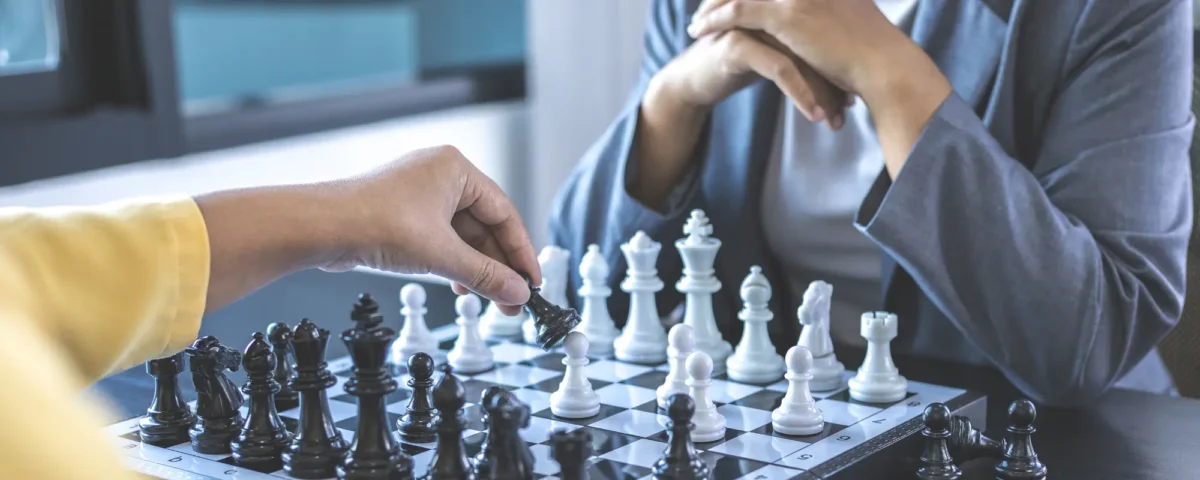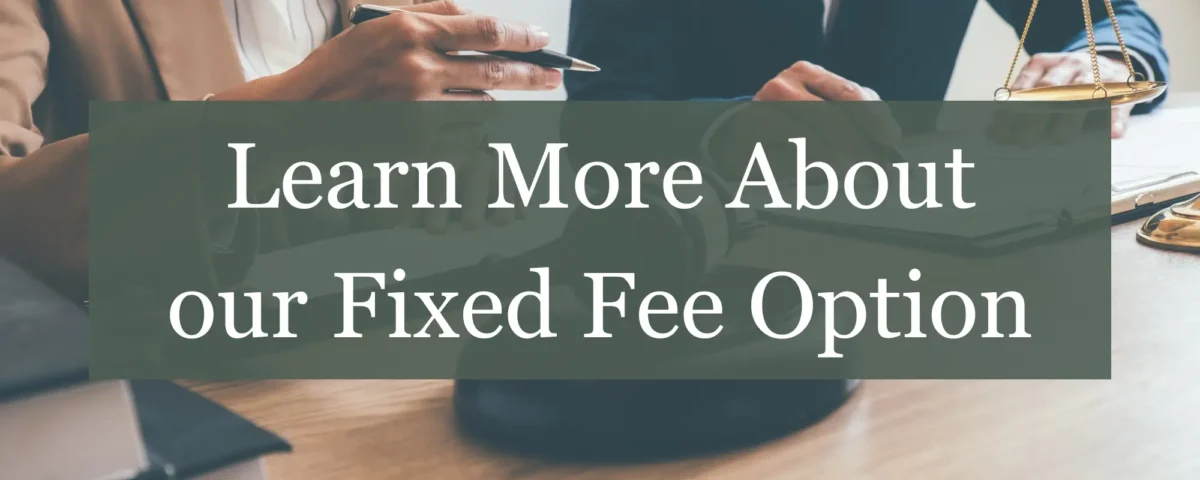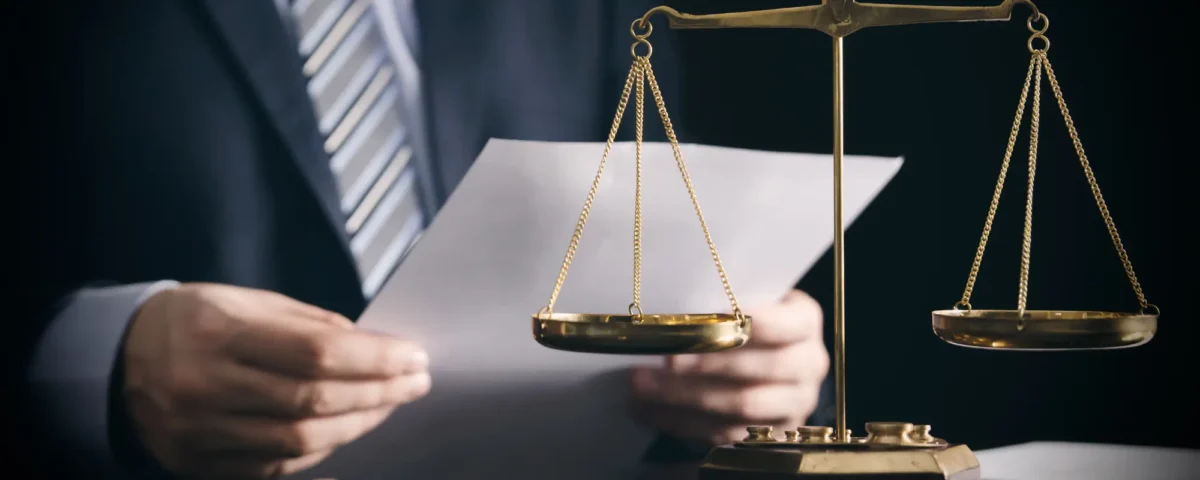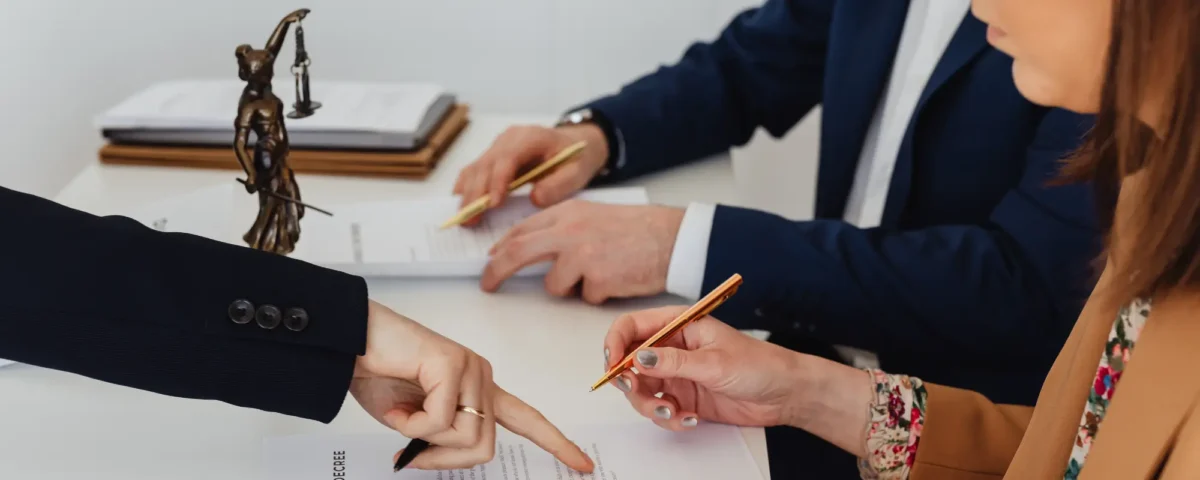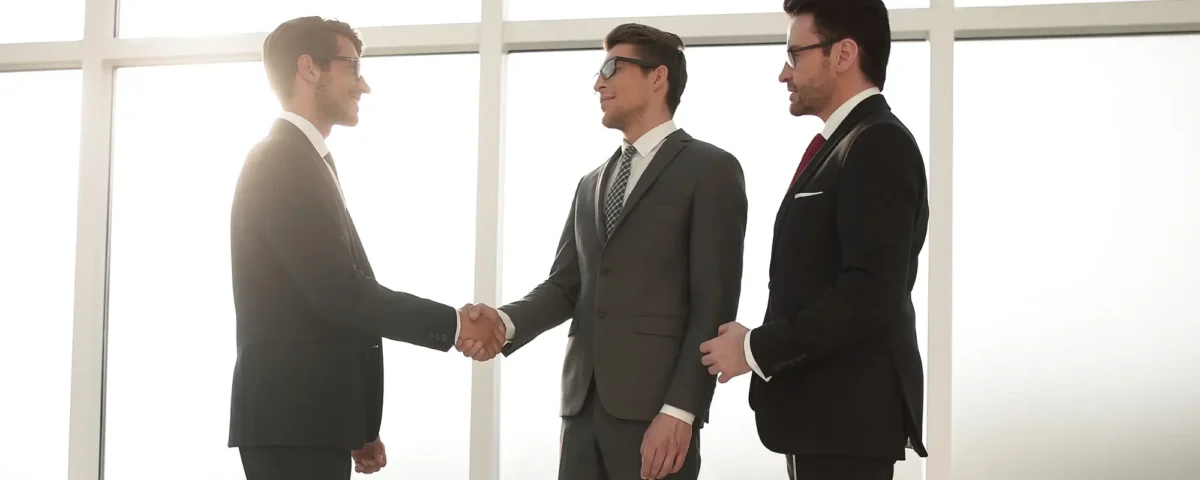Is Your Mediation Stuck in Impasse?
info
on
April 16, 2025
Is Your Mediation Stuck in Impasse?
No one walks into mediation hoping for a stalemate.
But sometimes, despite good preparation and solid positions, the negotiation gets stuck. You can solve most mediation problems with tools you already know.
Here’s one tactic I’ve seen work on both sides of the table: WWID or “What Would I Do?”
Before responding to the other side’s offer (or lack of one), pause and ask: If I were in their shoes, how would I respond to what I’m about to do?
It’s a small habit that can lead to smarter moves, especially when the instinct is to push hard or punish the other party for their last move. Think about it. If the other side tried an extremely aggressive tactic on you, what would you do? Most likely, you’d respond in kind or get defensive. You wouldn’t respond by doing what they wanted. And that cycle of retaliation dooms the negotiation to failure.
Because the truth is, most experienced lawyers know how to advocate.
But when you strategically pivot, you get the deal done.
WWID helps keep the focus on persuasion, timing, and momentum. Not just positioning.
That doesn’t mean giving ground.
It means being intentional:
- Knowing when to let something sit,
- When to signal good faith,
- And when to make a move that helps the other side say yes,
- Or, when to walk away gracefully, leaving the door open.
Whether you’re guiding an adjuster or a client with high expectations, WWID can help you stay strategic.
Follow me for more common sense mediation tips.

